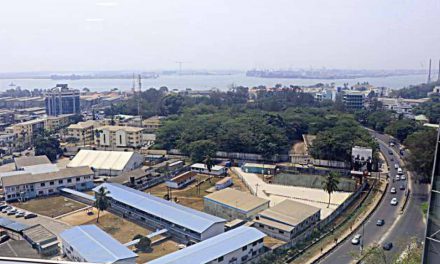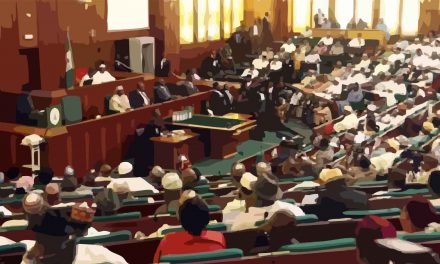Nigeria’s need for fundamental and sustained economic reform is magnified by deeply worrisome key economic indices. The country’s population is approaching 210 million, while real gross domestic product (GDP) growth, which was 6.2% per year at its 2014 peak, now stands at 2.3%, which in turn is below the population growth rate of 2.6%. The national debt stood at $73.2 billion on 30 June 2018, or 19% of GDP, driven significantly by an increase in external debt from $4.6 billion in 2015 to $22.8 billion in 2018. This has been magnified by the approximately 60% devaluation of the Naira during the same period. Taken alone, these numbers would not be so bad if they reflected sustainable national investments in physical (land, air, sea transport, electricity and natural gas) infrastructure or an exponential increase in Nigeria’s non-oil exports. Unfortunately, this has not been the case. This paper contends that in the past 45 years two major factors have arisen to challenge Nigeria’s socio-economic growth.
One is the total dominance by the Federal Government of Nigeria (FGN) of the key levers of the national economy – commanding the commanding heights, as it were. The other is Nigeria’s cultural devaluation, signified by its descent from an ethos of national excellence to a constant squabble driven by the lowest parochial denominators of tribe, tongue and religion. As The Economist recently noted, “acquired social codes also influence individual choices, and thus broader economic activity”. While it is not the focus of this paper, this latter factor, its negative effect on the political economy and how to remedy it is surely a necessary discussion that Nigeria can no longer avoid. Nevertheless, the negative effects of both factors on the country have continued to play a major role in the deficit in its infrastructure growth. Considering that practically the entirety of Nigeria’s vital infrastructure stock is tightly held by the FGN, the country’s most urgent economic policy imperative surely is to loosen the federal public sector’s hold on the commanding heights of the economy.
This is particularly true of key infrastructure assets, which will enable private sector investment in target sectors by the fastest means possible. This urgency is driven by three harsh realities. First, the FGN has inadequate revenue streams – achieving barely 50% ($31.3 billion) of expected revenues of approximately $60 billion during the past three fiscal years. Second, there is the massive debt profile summarised earlier, which is now probably higher than $80 billion. Third, the debt service-to-revenue profile went from 32.7% in 2015 to 69% in 2018. According to the Budget Office of the Federation, this looks set to grow to 82% by 2022.













